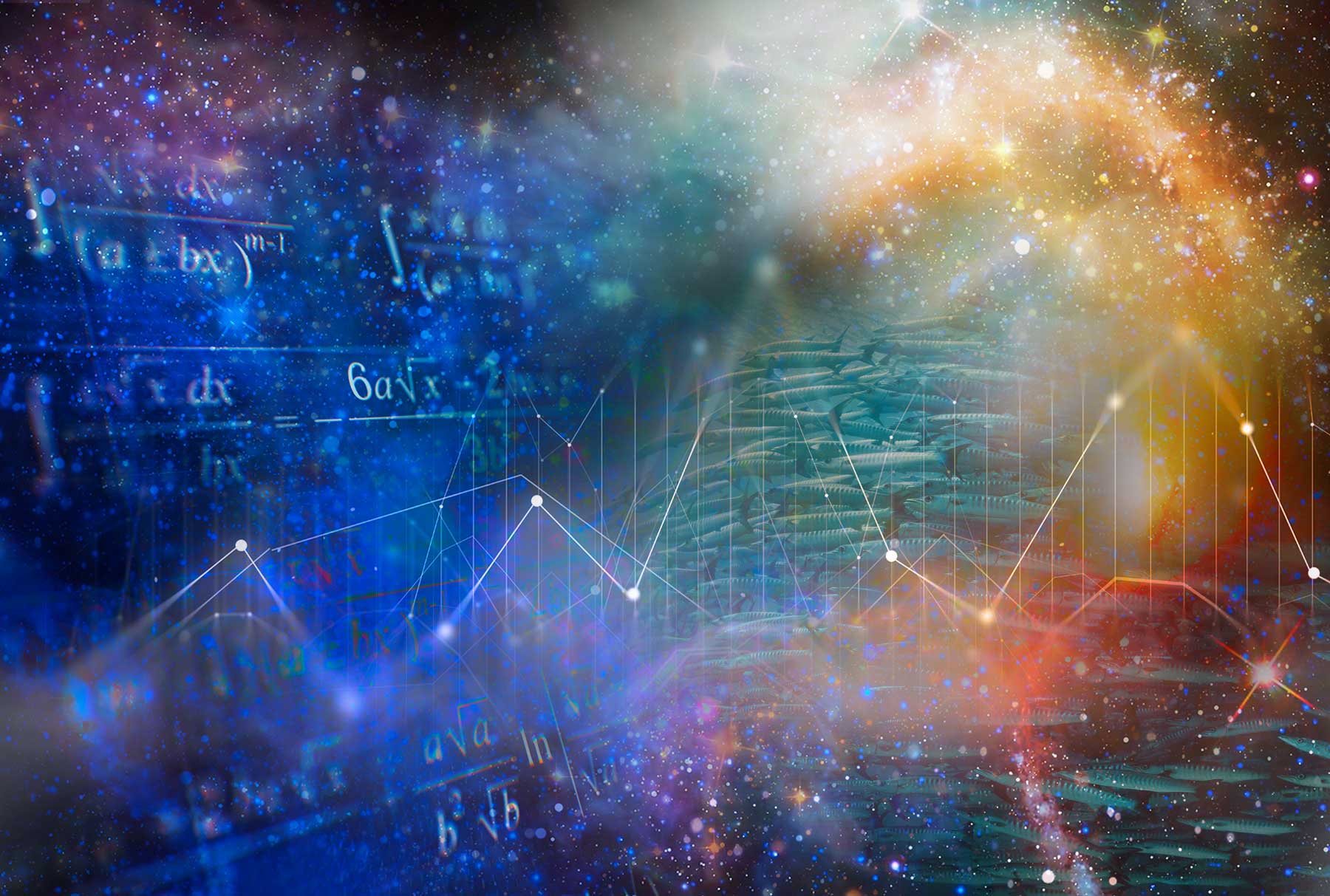Staff Profile
Dr David Rosario
Senior Lecturer in Astrophysics
I am an observational astronomer. My research focusses on the relationships between galaxies and supermassive black holes. For this, I use data that span the electromagnetic spectrum, taken through many different telescopes both on the earth and in space.
I serve as the deputy Director of Physics in our School, and the Teaching and Curriculum Coordinator (TCC).
After my PhD from the University of Virginia (featuring spectroscopy from Hubble Space Telescope), I did postdoctoral research work at the University of California, Santa Cruz (featuring the ground-breaking CANDELS survey), the MPE, Germany (featuring the Herschel Space Telescope) , and Durham University (featuring the amazing ALMA observatory). My research programme at Newcastle University is based on some of the very first observations from the James Webb Space Telescope (JWST), with which I will search for dust-laden winds blown out of the centres of nearby galaxies by black holes lurking in their hearts.
I am passionate about scientific outreach and engagement, with experience in multiple channels including at science festivals and on television. Please get in touch if you'd like to hear about my research, or my perspective on astronomy and astrophysics.
The circumnuclear regions (CNRs) of galaxies: The inner 1000 light years of a galaxy is the arena over which the connections between galaxies and supermassive black holes are established. With a suite of high-resolution observational facilities, including the Hubble Space Telescope, the ALMA observatory, the James Webb Space Telescope, and large adaptive optics-assisted ground-based telescopes, I study the nature of outflows, the multi-phase gas, and star-formation in these CNRs. For this work, I draw on international collaborations such as GATOS, LLAMA, and BASS.
Connections between star-formation and nuclear activity: With the Herschel Space Telescope, I have explored a number of facets of the complex interplay between cold gas, star-formation and active galactic nuclei (AGN). A key outcome of this work is that global star-formation is strongly connected, but not correlated, with nuclear activity. This underlines the important role of cold gas in galaxies as the raw material for the growth of both stellar and black hole masses, in a population-averaged or time-averaged sense. My on-going work searches for particular subsets of the luminous AGN population, such as the most obscured quasars, which may be caught in particularly rapid co-evolutionary stages.
The mystery of red Quasi-stellar Objects (QSOs): Some of the most luminous AGN in the Universe can be so bright that they greatly outshine their host galaxies across the electromagnetic spectrum. These 'QSOs' tend to be hot and blue, but a very interesting subset show redder colours, undoubtedly the detectable tail of a larger, more heavily obscured population of luminous quasars. Along with collaborators at Durham University and the European Southern Observatory (ESO), I have been studying the peculiar radio properties of red QSOs, which clearly demonstrate that they are fundamentally different objects from the more common blue QSOs. Our studies strongly suggest that red QSOs feature dusty outflowing winds that drive shocks into the interstellar medium, a regime by which these powerful AGN can drastically impact their host galaxies. For this work, I use modern radio astronomy facilities, such as the JVLA, eMERLIN, and LOFAR.
I teach PHY3033 (Advanced Astronomy) and PHY8053 (Galaxies). In addition, I am an advisor for PHY3025 (Group Project) and associated with PHY3027/3034 (BSc project).
I am a personal tutor to students at all Stages.
